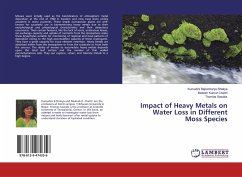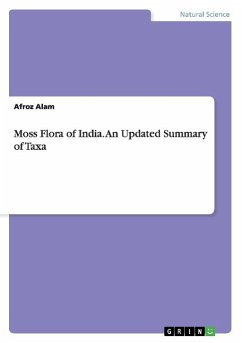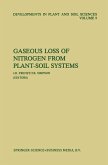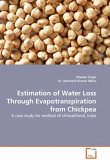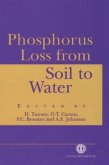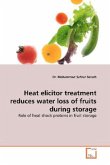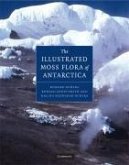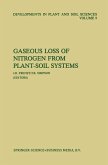Mosses were initially used as the bioindicators of atmospheric metal deposition at the end of 1960 in Sweden and now have been widely accepted in many countries. These simple nonvascular plants are well-known for successful use in biomonitoring heavy metals due to their morphological and physiological characteristics and their ubiquitous occurrence. Their certain features, like the lack of roots, unistratose leaves, ion-exchange capacity and uptake of nutrients from the atmosphere make these bryophytes suitable for monitoring of regional and local patterns of deposition owing to the high accumulation capacity of these cryptogams. They have a great capacity for trace element retention. Heavy metals are absorbed either from the atmosphere or from the substrate or from both the sources. The ability of mosses to accumulate heavy metals depends upon the total leaf surface and the number of thin walled parenchymatous cells. They can capture, retain, and tolerate metals to a high degree.
Hinweis: Dieser Artikel kann nur an eine deutsche Lieferadresse ausgeliefert werden.
Hinweis: Dieser Artikel kann nur an eine deutsche Lieferadresse ausgeliefert werden.

